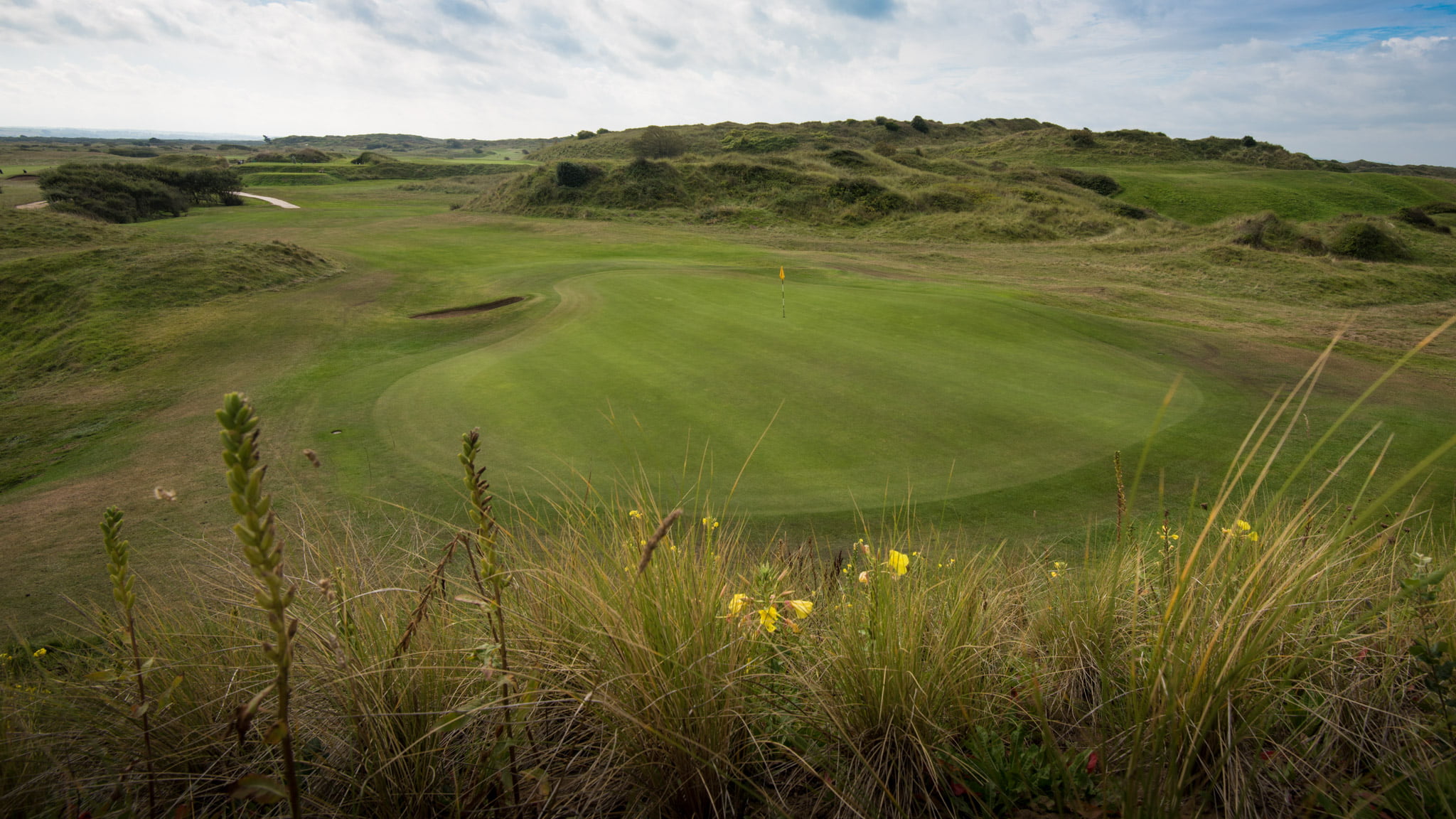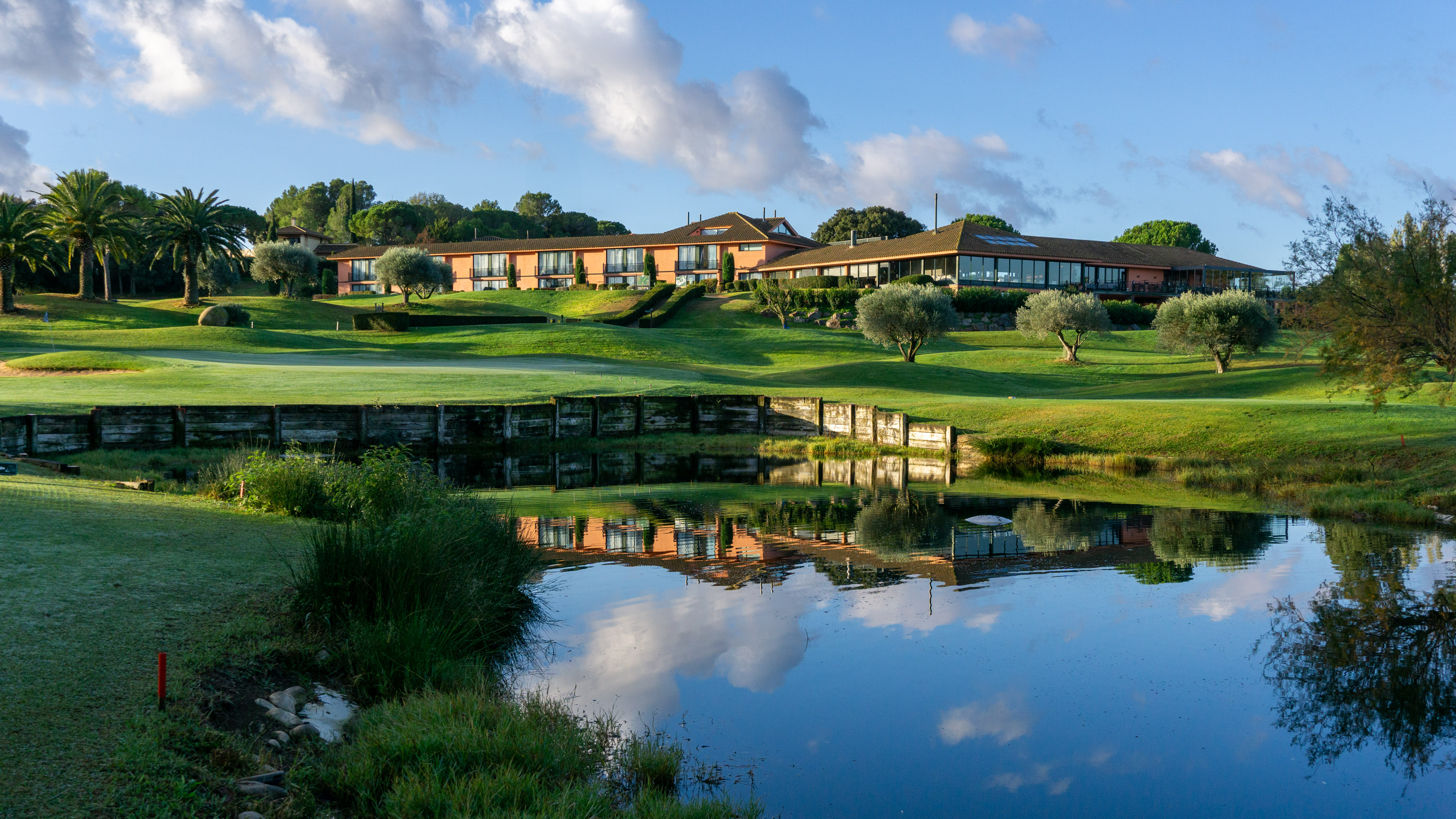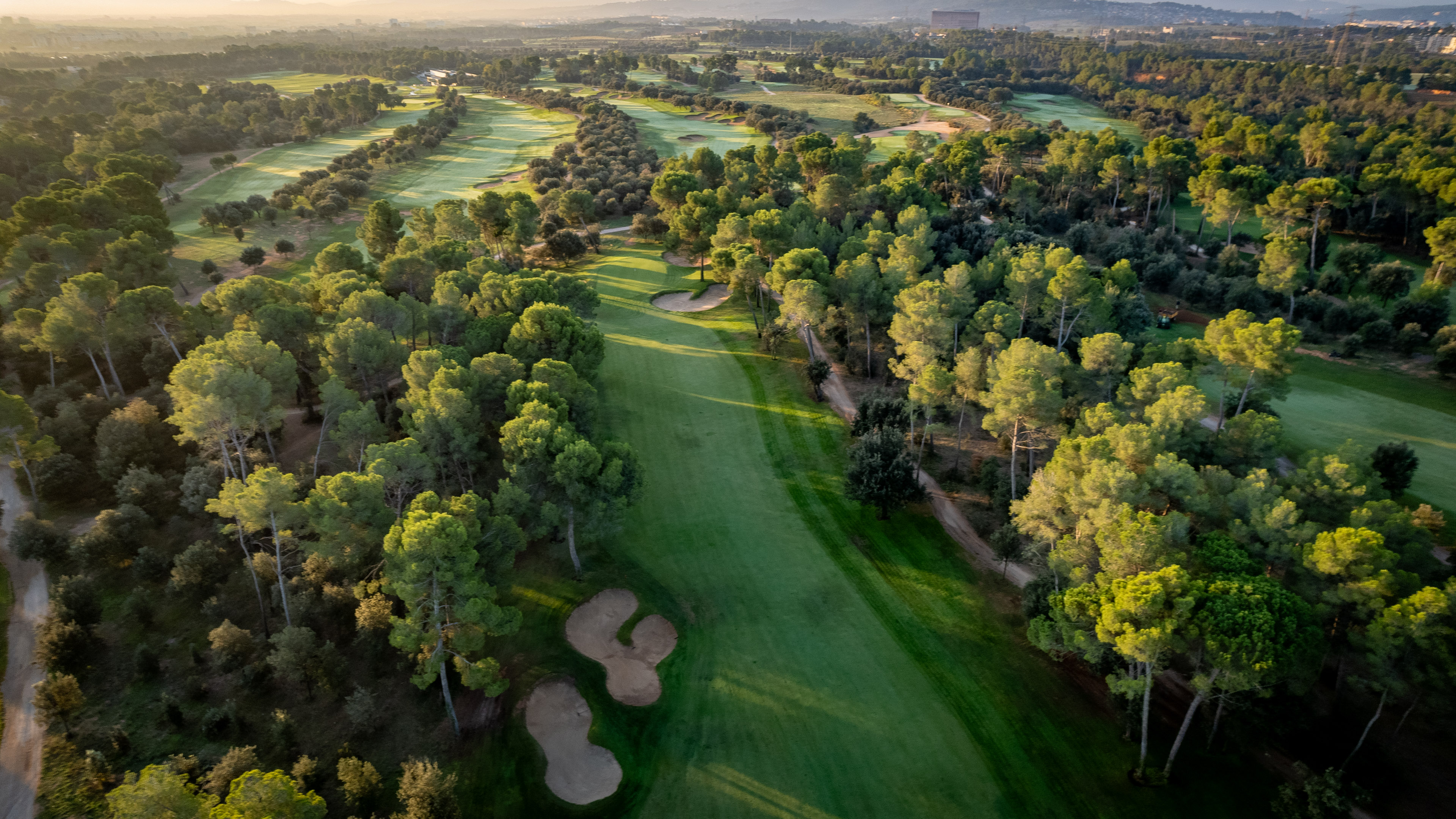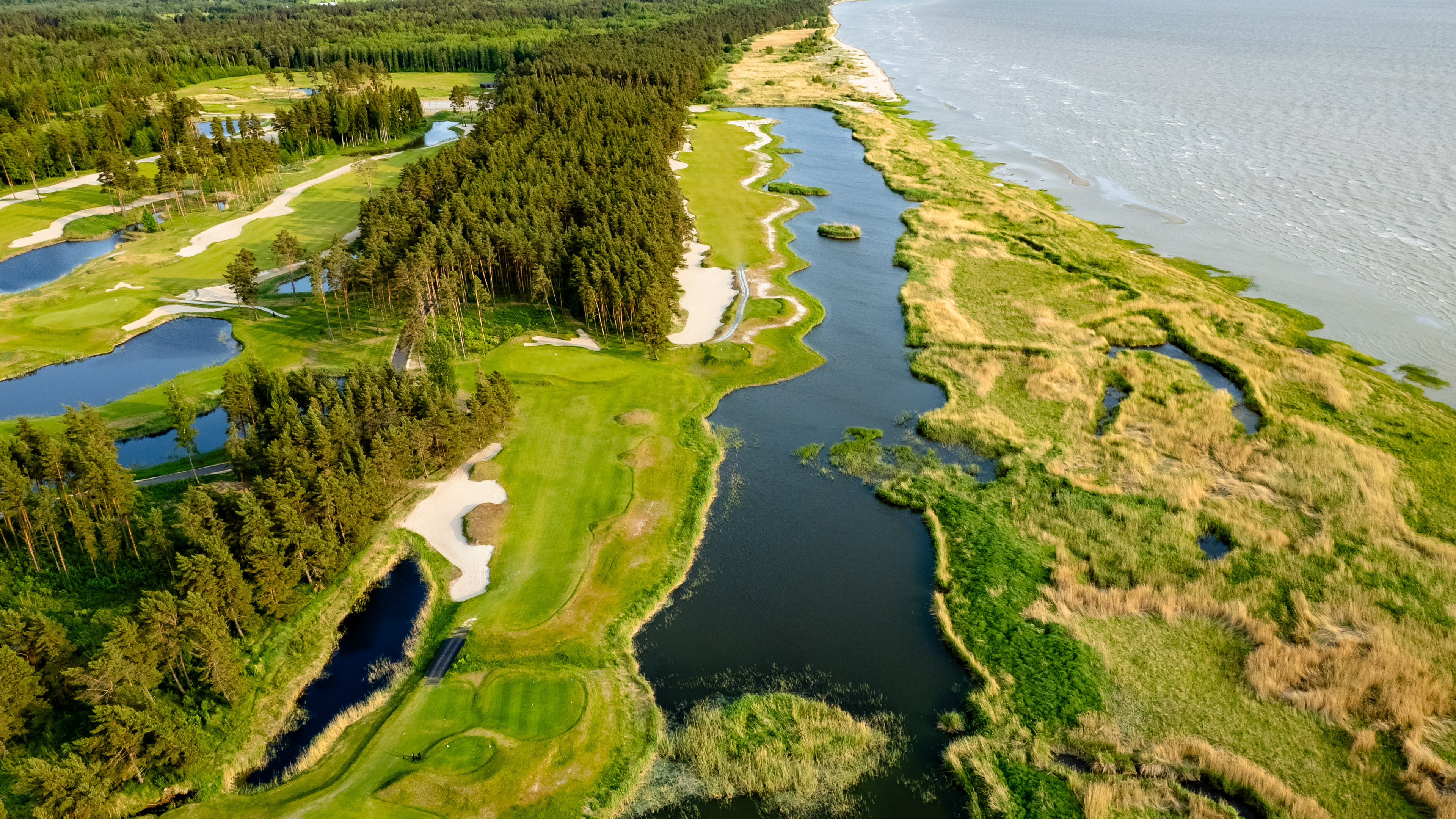“You’re up” I said to Kaia on the first tee. But Kaia wasn’t ready, as she assumed she would be teeing off last in our fourball with three men and her, the only woman. Much to her surprise, her tee box on the first hole was behind the men’s, and she was first up.
We’re teeing off at the Burnham & Berrow Golf Club in Somerset on the Atlantic coast in southwestern England. A classic links course, by some rated as the best English course that have never hosted The Open Championship.
A classic layout
As so many other old links courses, the Burnham course was laid out pretty much according to how nature had shaped the land. Large sand dunes were hit over by the early golfers, and greens were put in the hollows between the dunes, and this is how the Burnham course started in 1891.
In the early 20th century “modern” designers started to make the courses more challenging. At Burnham & Berrow Harry Colt was hired, and with the help of Alistair Mackenzie he turned the course basically into what it is today.
Ladies were not allowed until 1933, and this explains the location of the ladies tees. There were simply none built when the course was laid out, and they were added as an afterthought wherever they fit. Sometimes that simply meant placing them behind the men’s tees and adding one to the par of the hole. And that’s how it is done on the first tee at Burnham & Berrow, par four for men and five for ladies.
Out and back
Already on the first hole you get a good feel for what’s to come. There’s a narrow landing area for your tee shot, with sand dunes guarding the sides, leading to a blind approach shot if you stray from the fairway. Hitting the green requires some accuracy, and once you are on the green you get to appreciate another feature of Burnham & Berrow: slick, undulated greens, among the best in Great Britain. We know we’re in for a challenge.
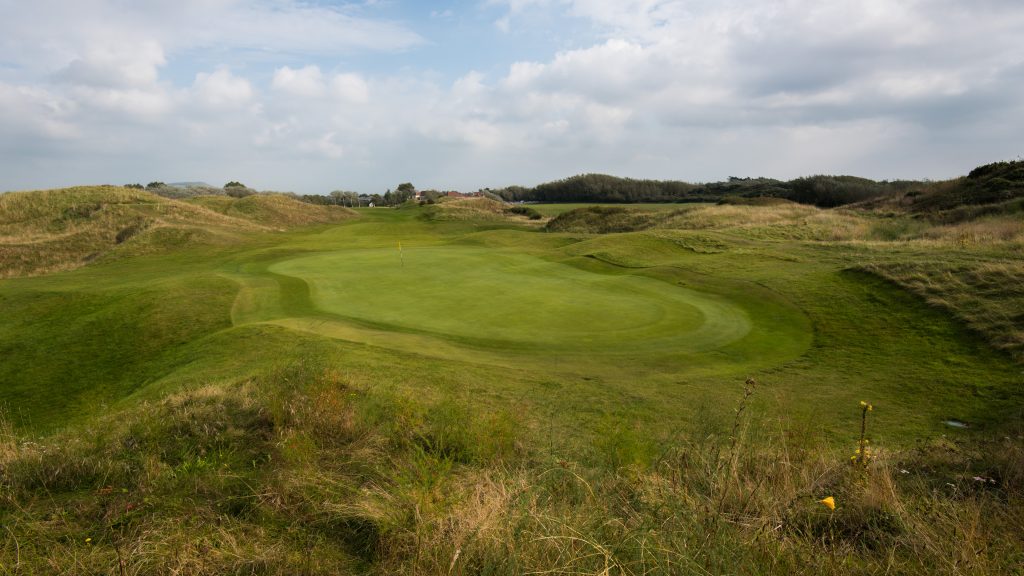
The first hole transports you from the edge of town out to the coast. The course then runs parallel to the beach in traditional links manner, with the turn furthest away from the clubhouse. However, each hole is angled slightly differently, so you can’t be quite sure how the wind will affect your ball. It’s just another little twist to make your game more “interesting”.
Your skill at estimating the wind becomes important starting at the 2nd, as it, and several holes thereafter, requires an accurate tee shot between and over large sand dunes.

After the first six holes you leave the dunes and the course becomes a more traditional links course. This by no means translates into easier golf, since there are plenty of pot bunkers for you to take into account. Somehow the bunkers seem to attract golf balls…
The second nine are, if possible, even better than the front. And they include a church. Yes, there’s a church on the course. This has forced a few modifications to the course for safety reasons over the years. I guess praying is not enough sometimes.
The course again enters the dunes, to finish up with a magnificent par four. You need a long drive, and you still have a long approach, hitting over some dunes to the green next to the clubhouse – an excellent finishing hole where many tournaments have been decided.
If you still want some more golf before enjoying a pint in the clubhouse, there is a second, nine-hole course at Burnham & Berrow, the Channel Course. This is by no means a small short course, but a full length links course that is on par with the main course in challenges and quality. Some even prefer it to the main course.
We didn’t have time to play the Channel Course this time around, but this just give us a good reason to come back. And any reason to come back is good, we could play this course over and over again, it is a real delight.
Bed & Breakfast
At Burnham & Berrow there is also a small Dormy House where you can stay overnight while visiting the club. Unfortunately, we didn’t have the opportunity to stay over but look forward to trying it out the next time around, as there are not many of these traditional British dormy houses around anymore.

Instead, we headed on to the Greenwood B&B just down the road. Staying at a B&B should be a mandatory requirement on all golf trips to England. You meet friendly people, get good food, and find out what there is to see and do in the area. We, being both hungry and thirsty, got directions to a nearby bar and restaurant, the Orchard Inn.
As we enjoyed our dinner we heard noises coming from the room next door to the restaurant. The noises developed into cheering, and we had to investigate. It turned out to be a game of skittles, a type of indoor bowling often played in British pubs, and this was a league game where teams from two pubs were having a battle.
In the break between two games I was invited to give it a try. I took aim, and to the astonishment of everyone (including me) hit a perfect strike on my first try. A perfect antidote to my somewhat lackluster golf game earlier in the day. Needless to say, I immediately retired from the sport of skittles. You have to quit while on top.
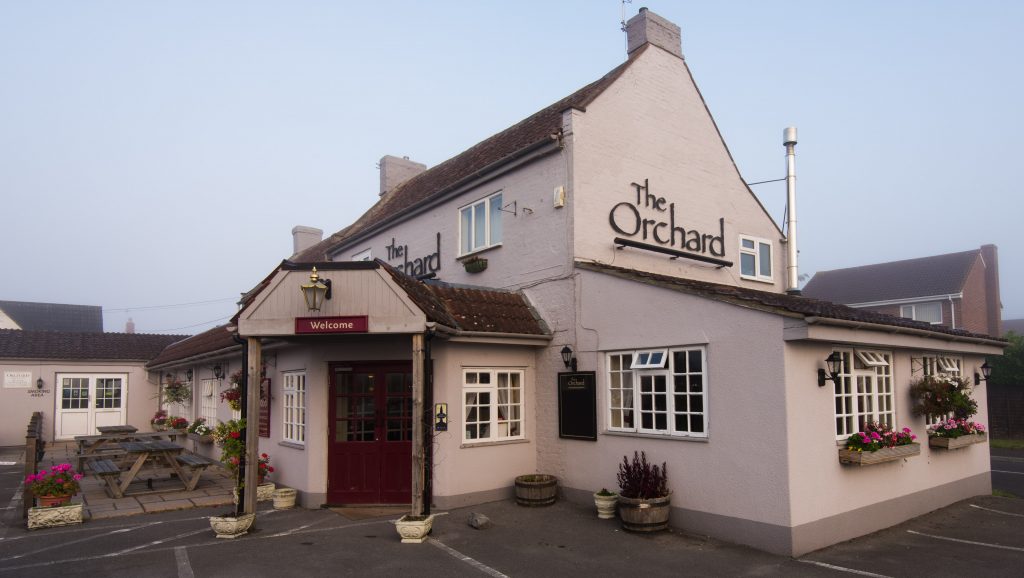
Oldest golf club in England
Stepping into the clubhouse at Royal North Devon Golf Club is like entering a museum.
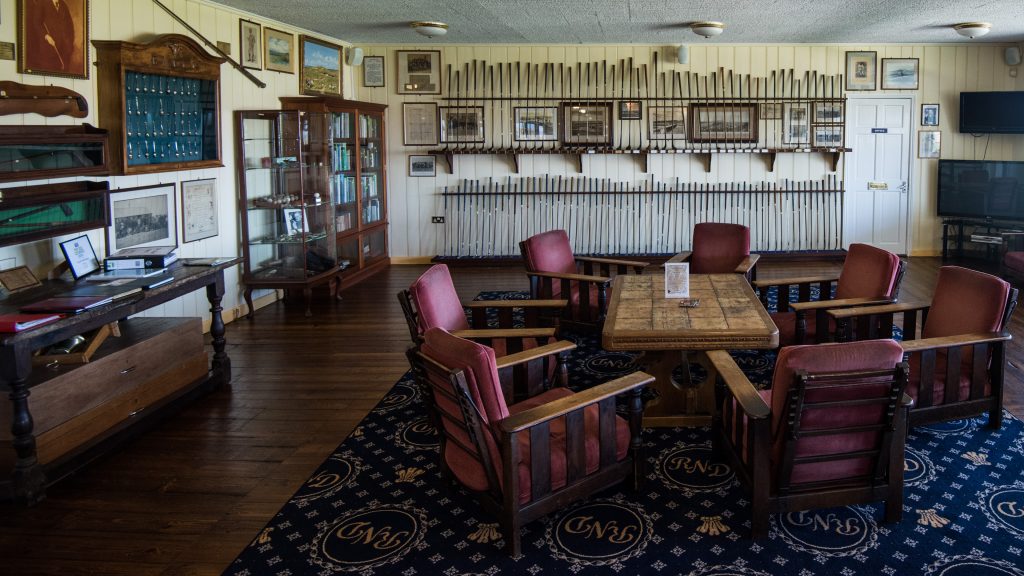
Royal North Devon Golf Club has been called the St Andrews of the South. It is the cradle of golf in England, being the oldest club in the country, founded in 1864. When you tour the clubhouse you get a glimpse of its illustrious history. Everywhere you turn there are countless pieces of golf history, from old hickory clubs to ancient golf balls, from numerous trophies to a never-ending row of wooden signs listing past club champions. The latter is truly a list of golf greats, with names like James Braid, Harry Vardon and J.H. Taylor. Just sit down at the old wooden table, order a pint, and feel the winds of time.
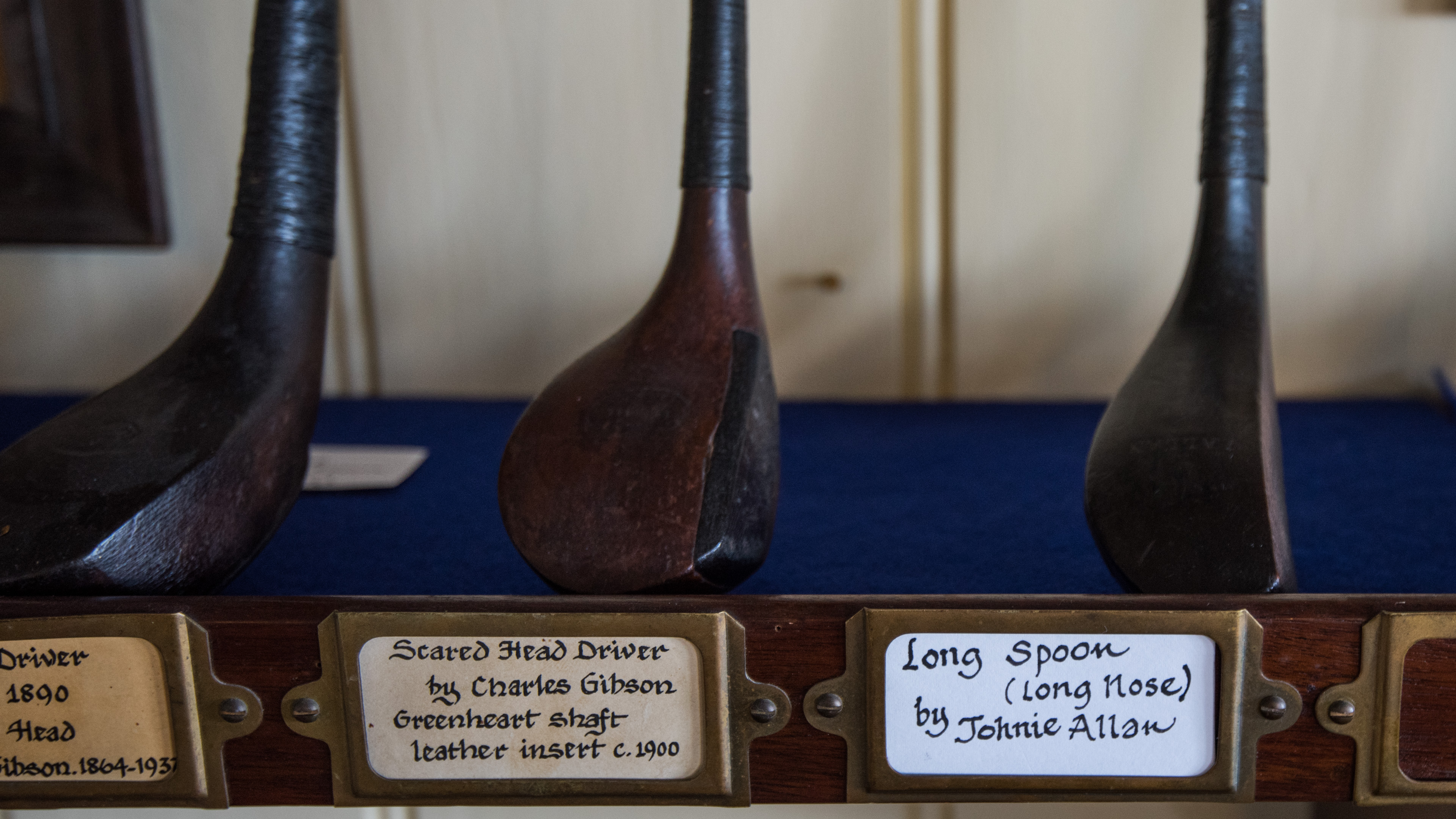
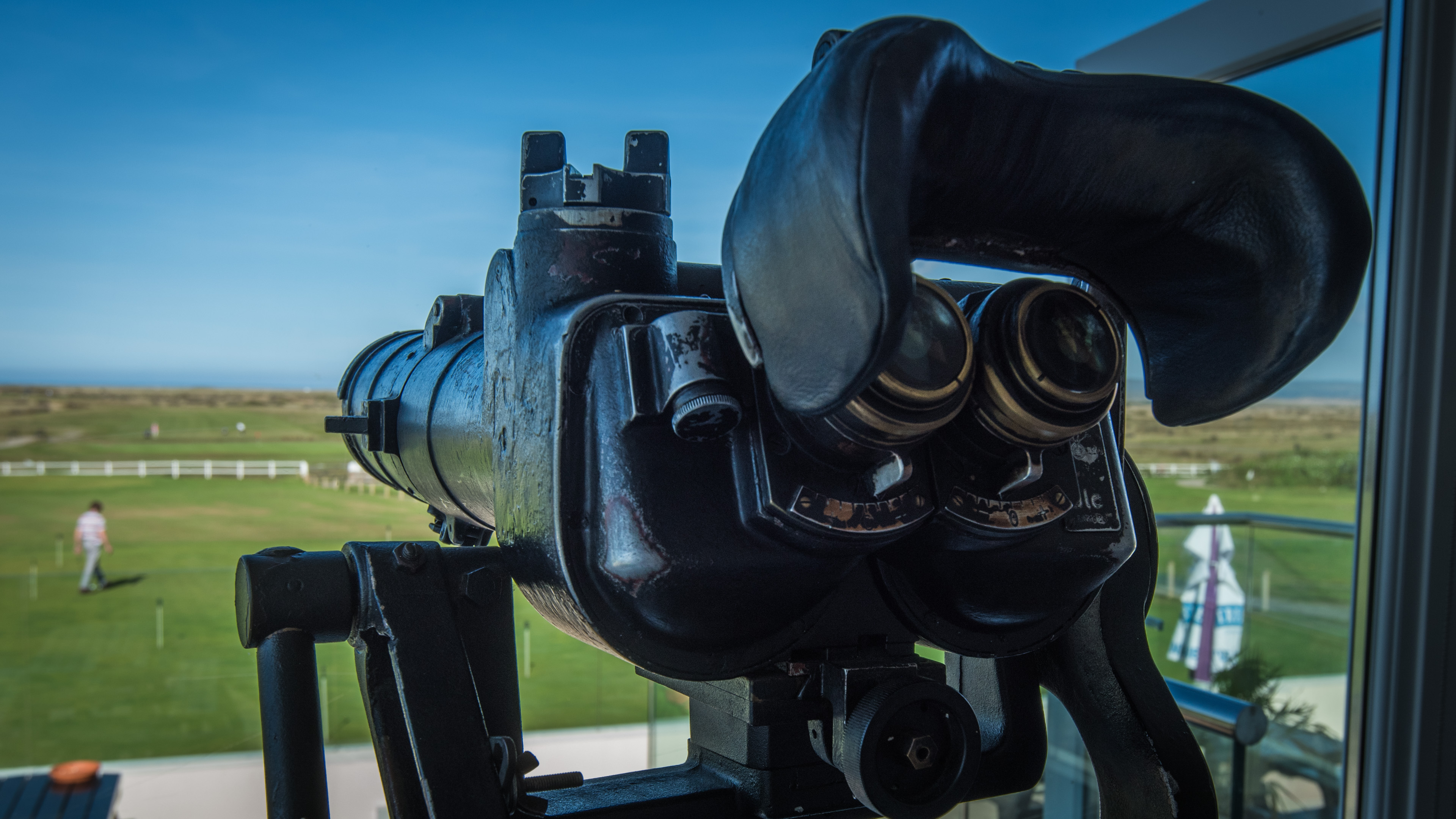
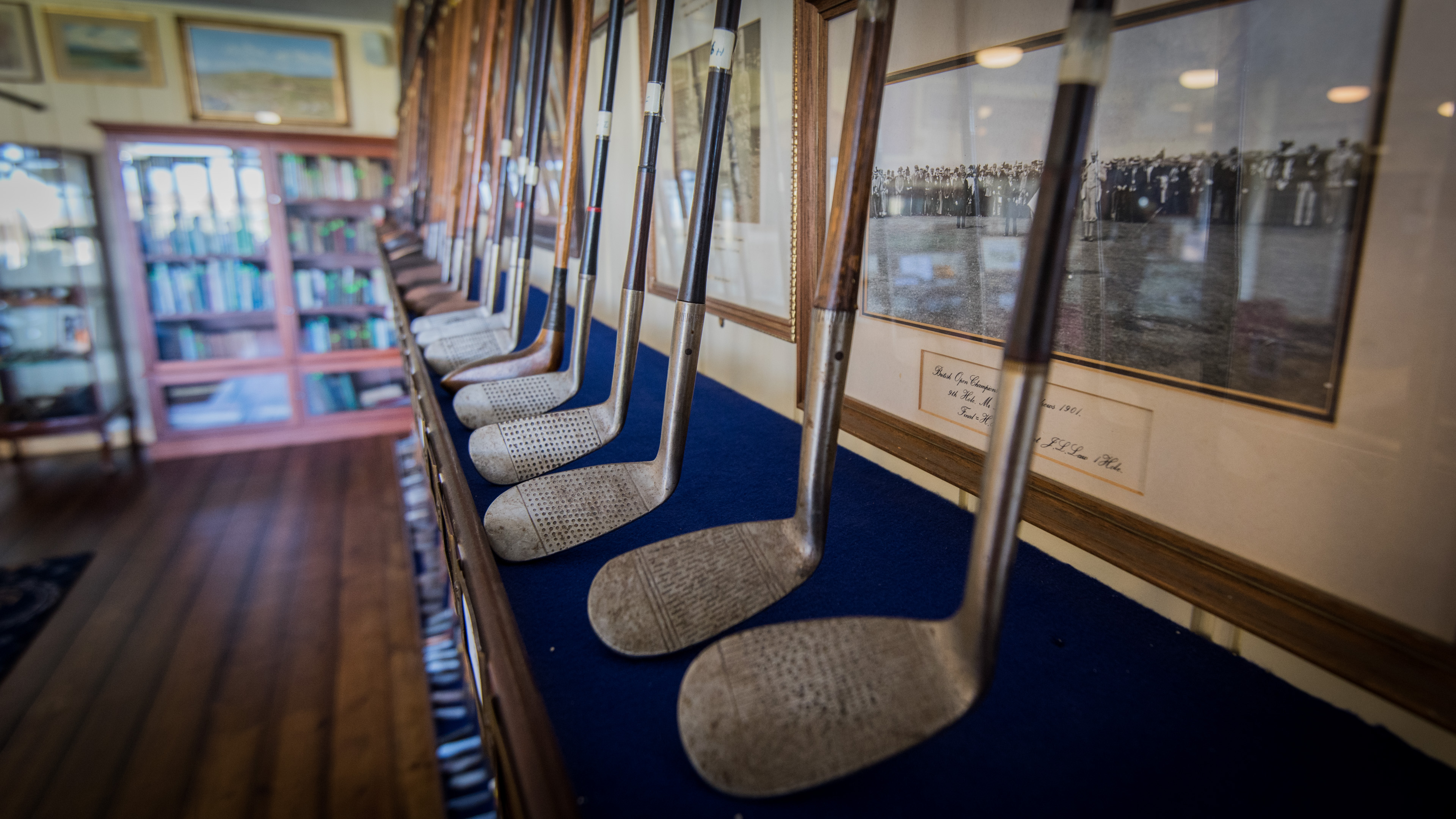

The course
Originally laid out by Old Tom Morris, the course is largely unchanged since 1908 when Herbert Fowler made a few revisions. It is laid out on common land, meaning that the land belongs to the town, and anyone who resides there has certain rights, like the right to let animals graze on the course. This may sound strange, but it actually works quite well. You play golf, the sheep and horses maintain the grass. It’s a symbiosis. The animals largely ignore you as they are quite used to golfers. Just respect them as they respect you, and enjoy their company and contribution. And don’t worry if your ball ends up in a hoof mark, as a local rule allows for a free drop.
The land is very natural. In fact, if you look at a satellite image of the course, at first it is hard to even spot the course. You have to zoom in to find a green or a bunker to figure out where the golf course is located. The land is very lightly undulated, meaning that the wind is a big factor.
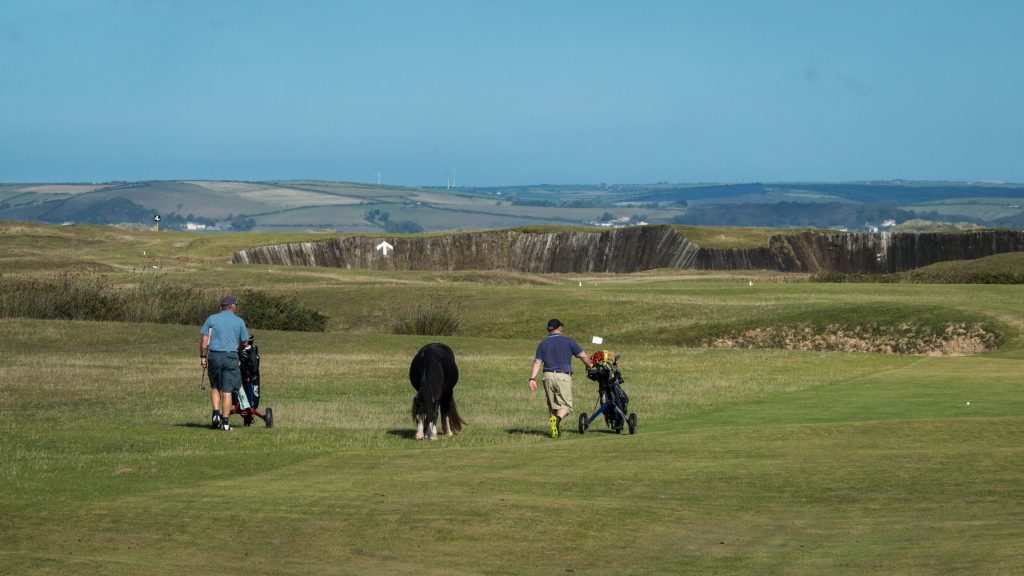
The course starts with three fairly flat holes, and end the same way. Sounds easy, but there are some streams to complicate you shot decision-making. Starting on the fourth you are in links golf heaven with a number of excellent holes running along the coastline. After the turn, you have your first encounter with the rushes, bush-like flowering plants that eats golf balls by the dozen. The rushes are a major feature of the remaining holes. I have no further comment other than “stay out of the rushes”.

The rushes disappear when you reach the final holes, but instead you see something else rarely found on modern courses. On the 17th, a par five, the green is guarded by both a stream and the road that leads from the clubhouse to the sea. Trying for the green in two will most often end in disaster, either a lost ball or a crushed windshield.
If you survive the 17th without being hit by a lawsuit, the 18th is a fairly straightforward hole taking you back to the clubhouse. At least so it seems, until you realize the green is guarded by another stream, tellingly named “The Pill”.
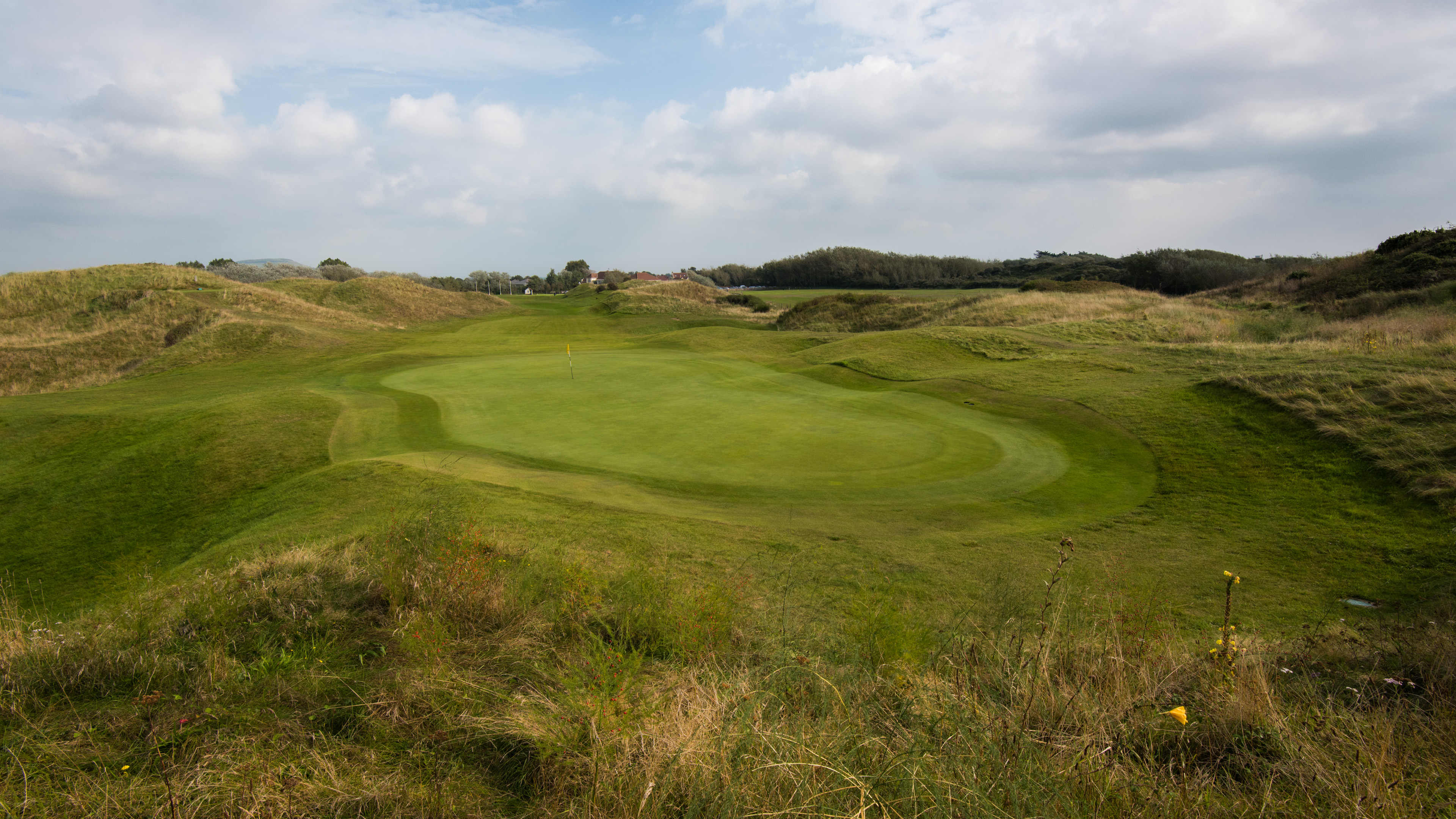
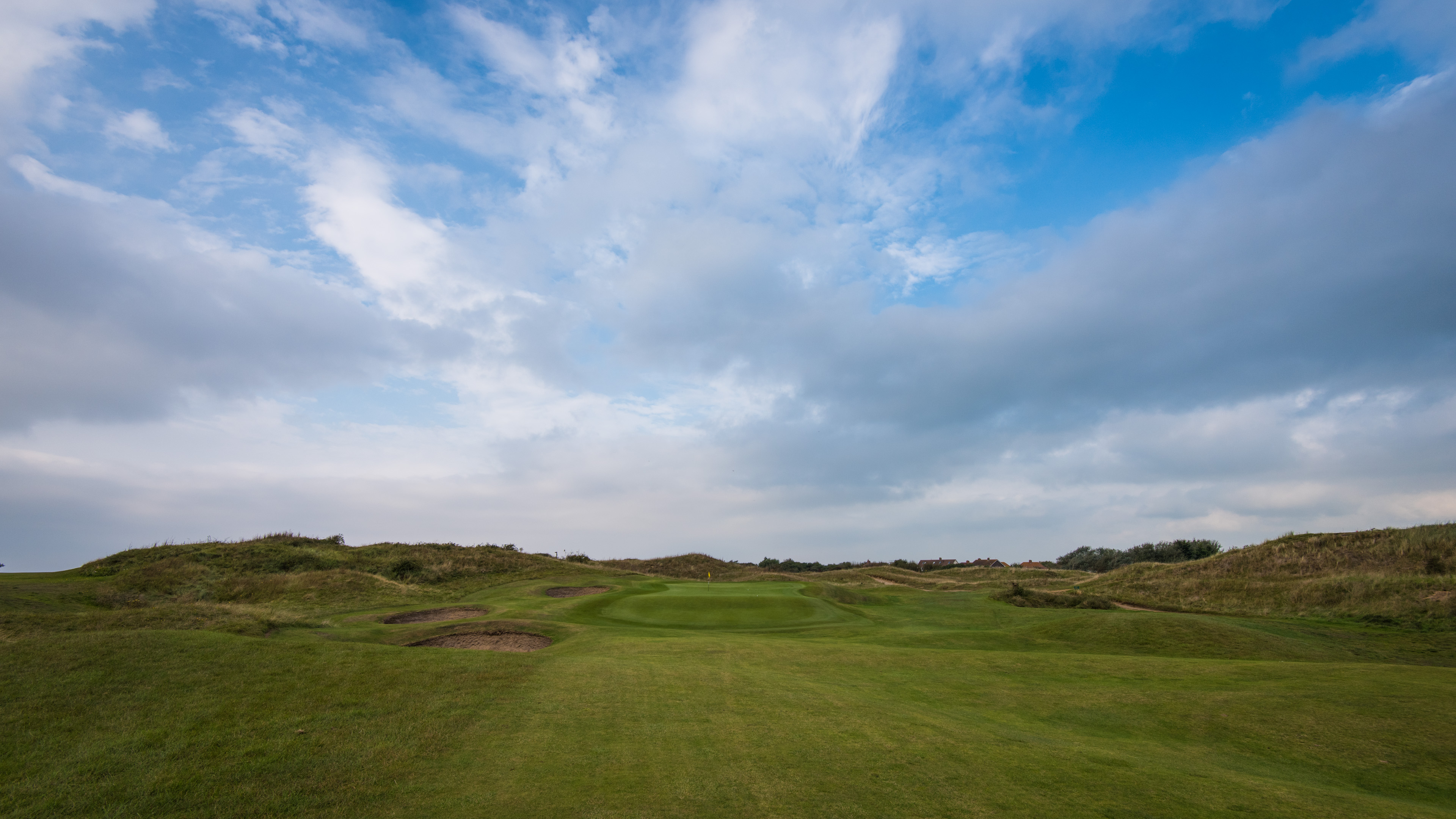
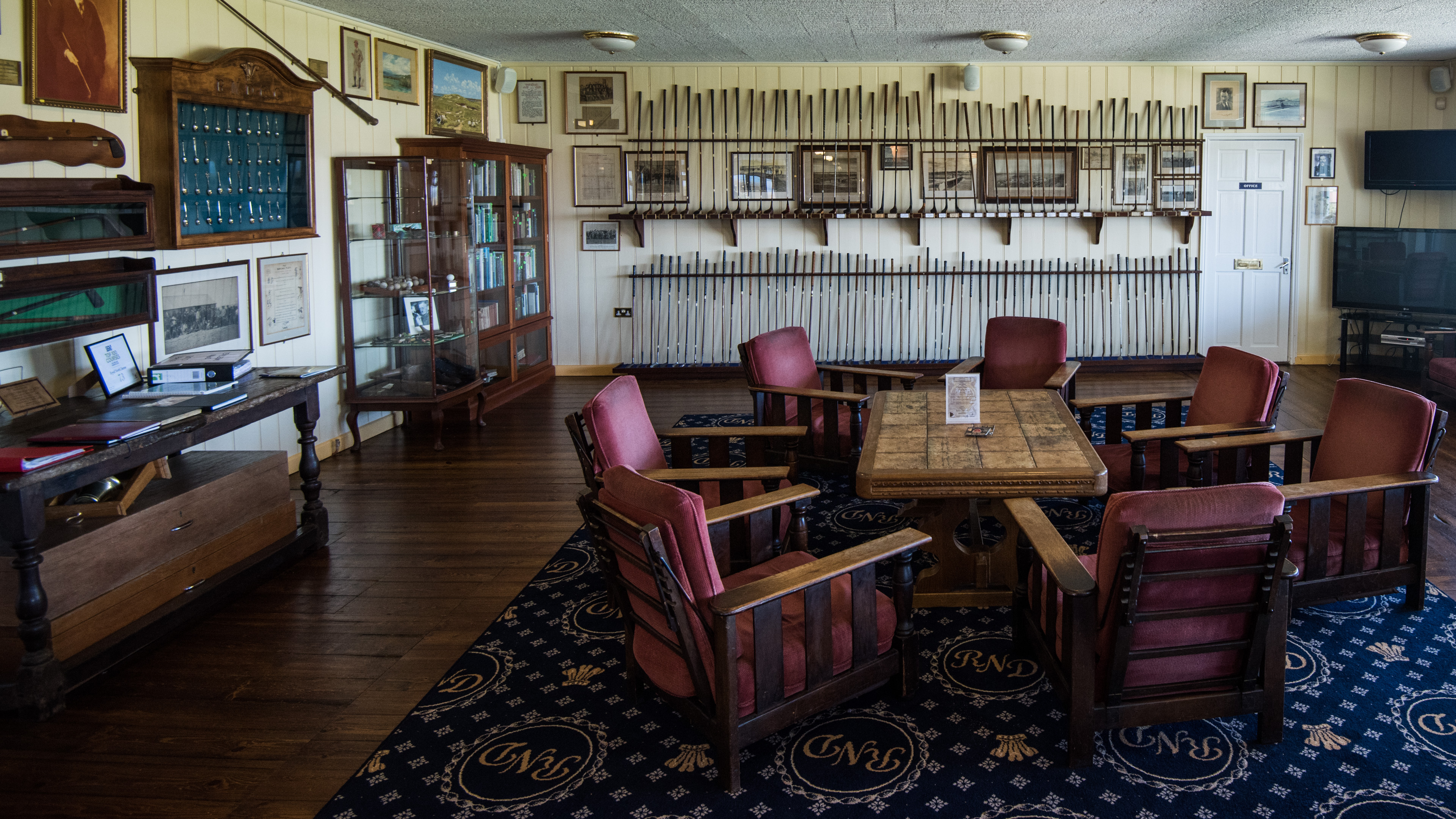
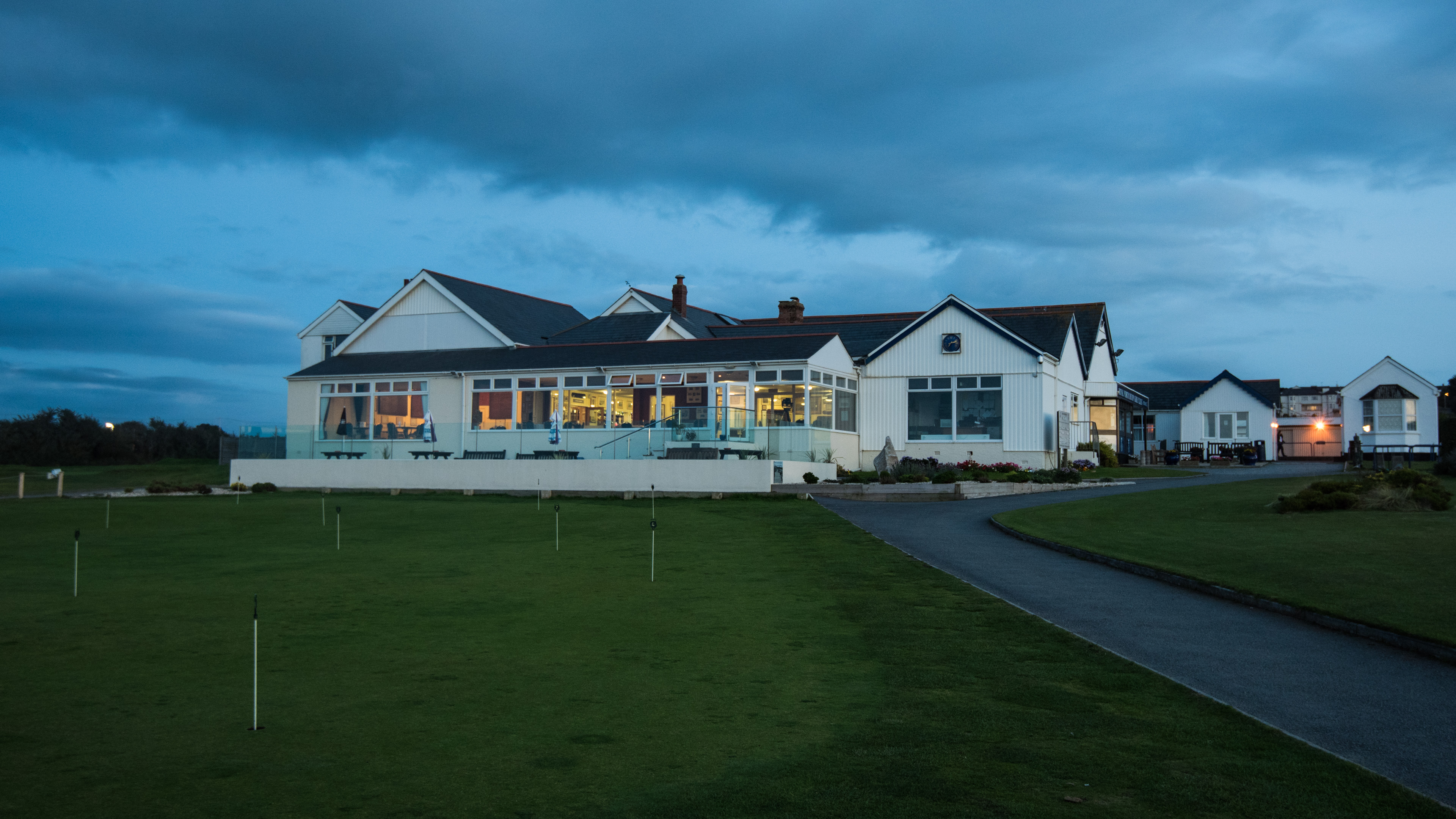
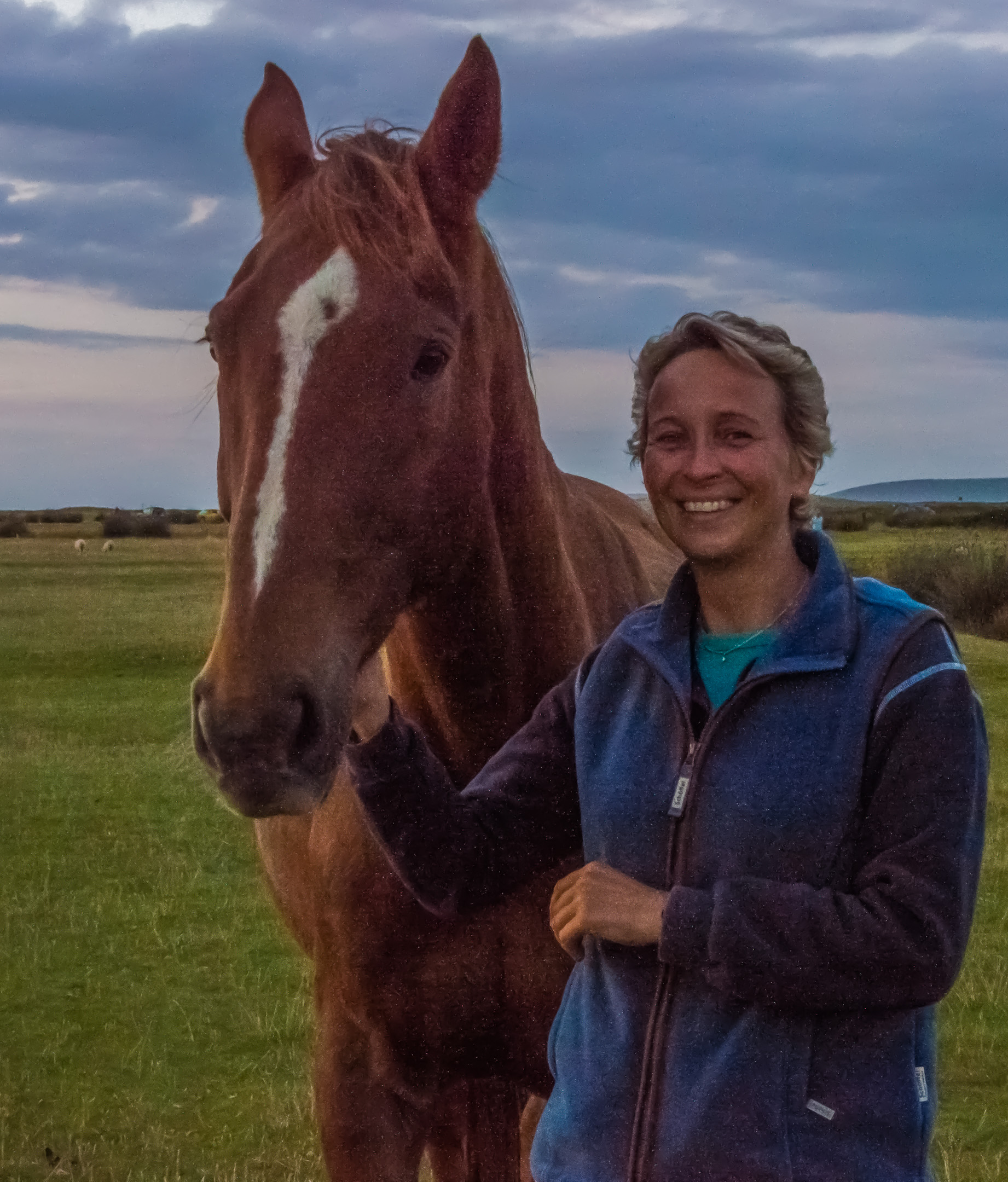
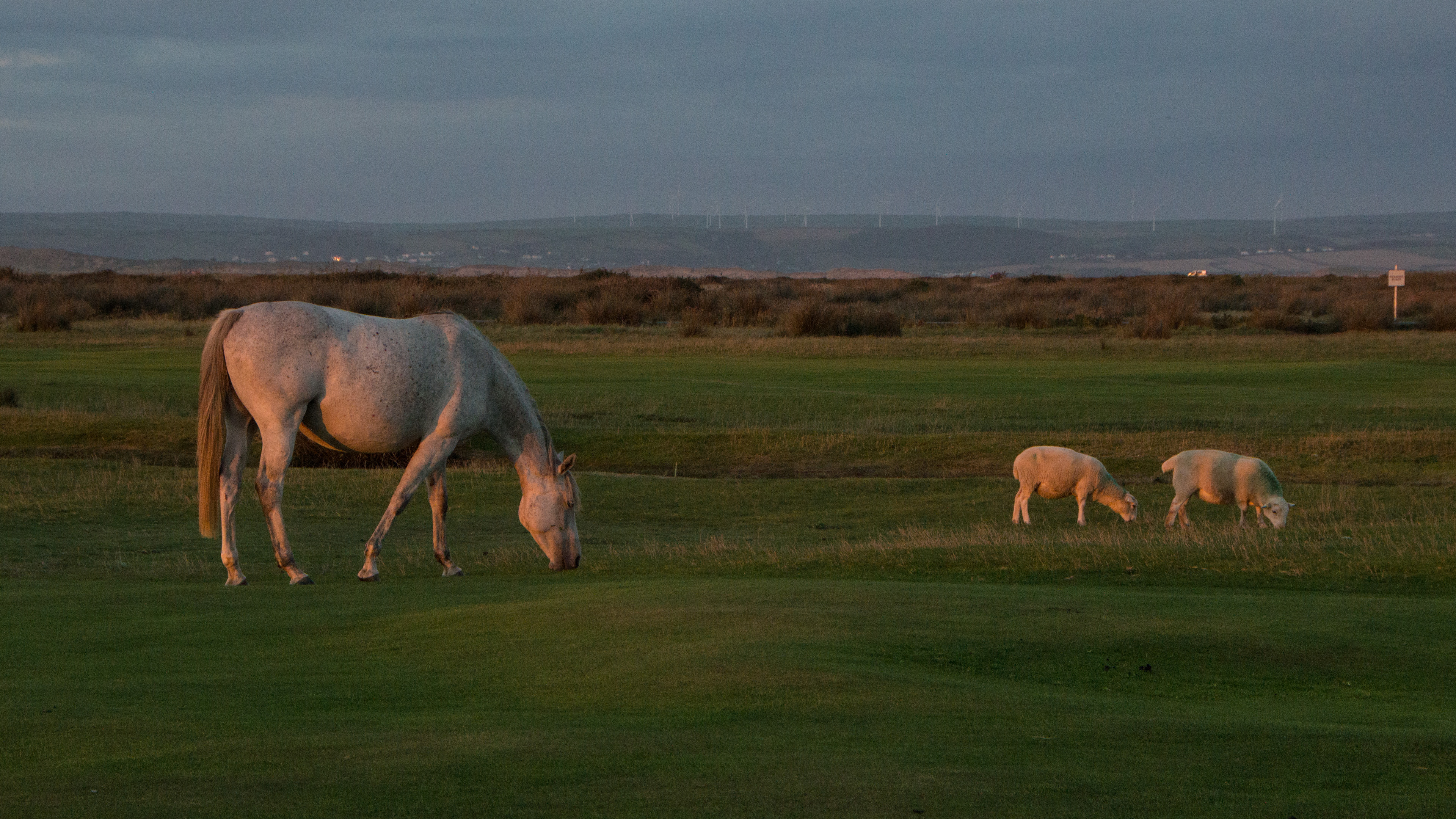
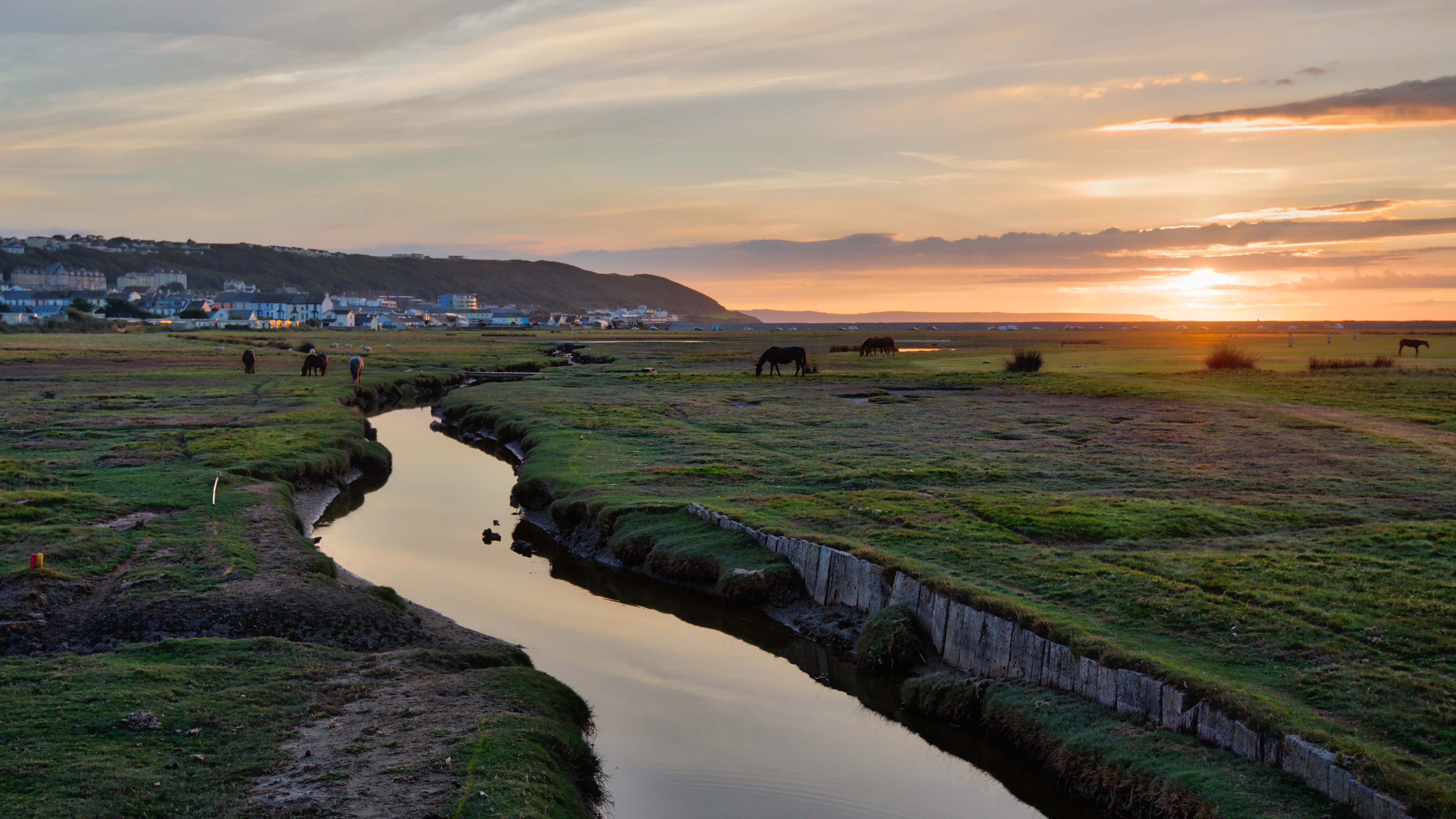
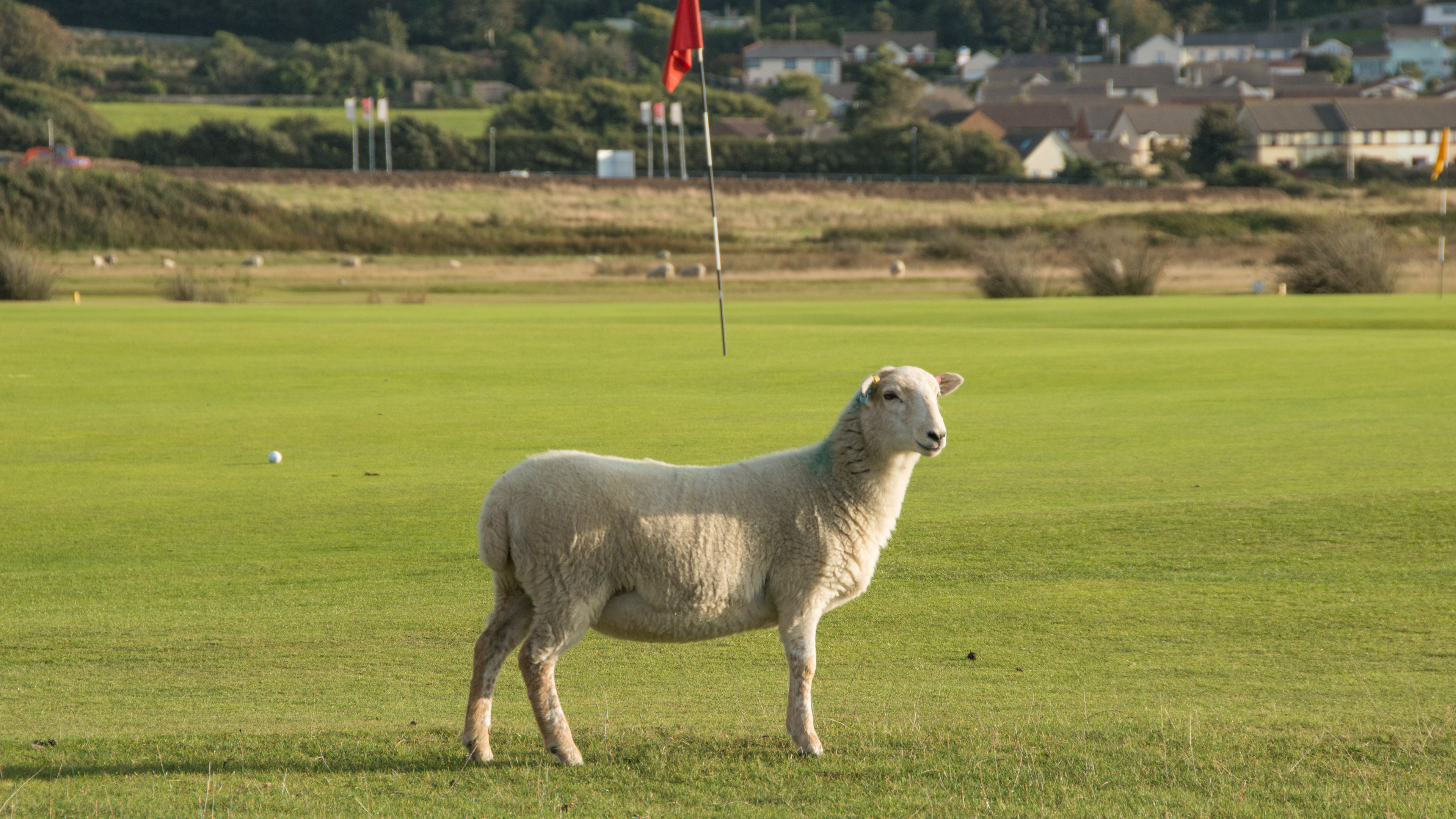
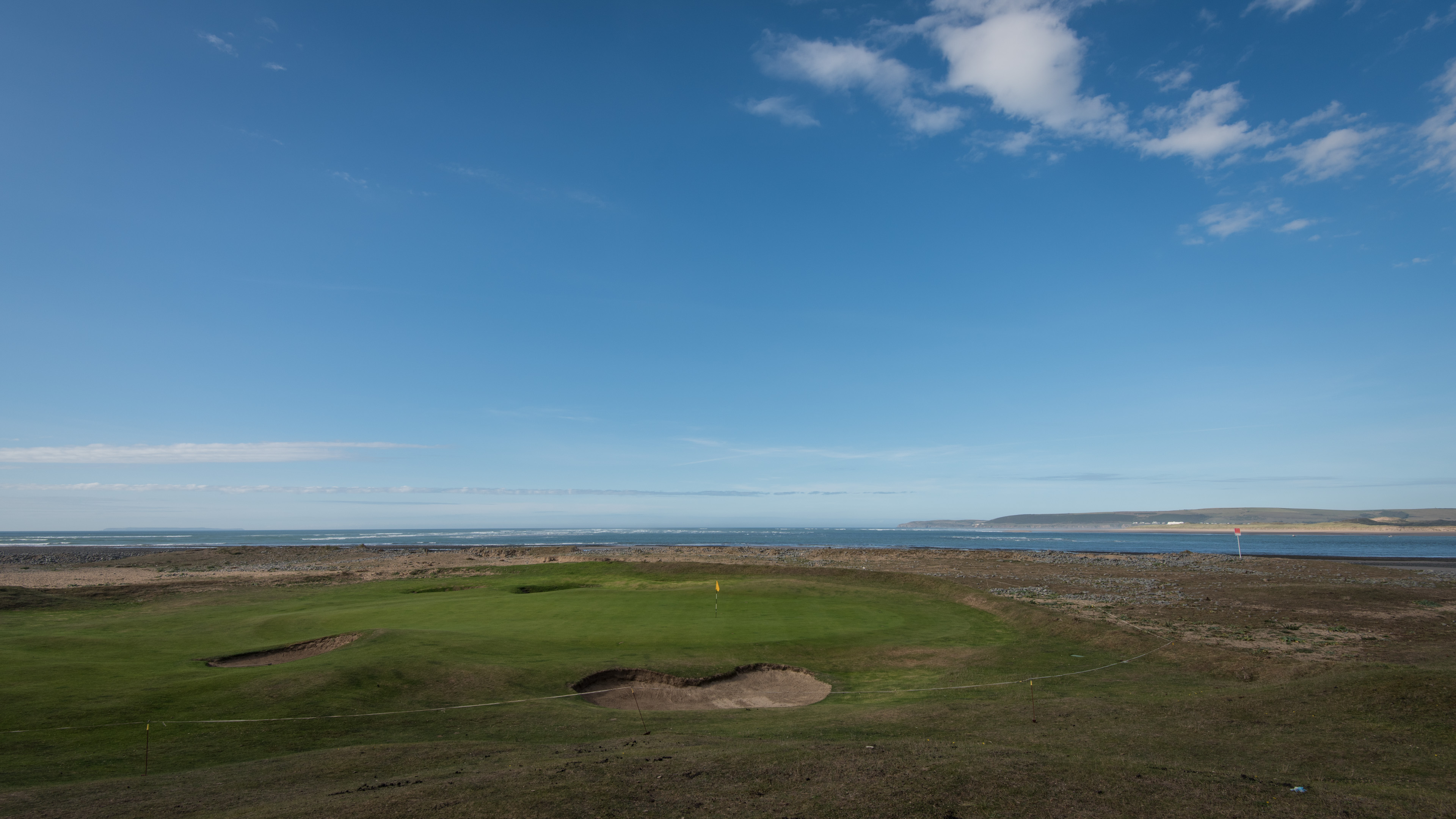
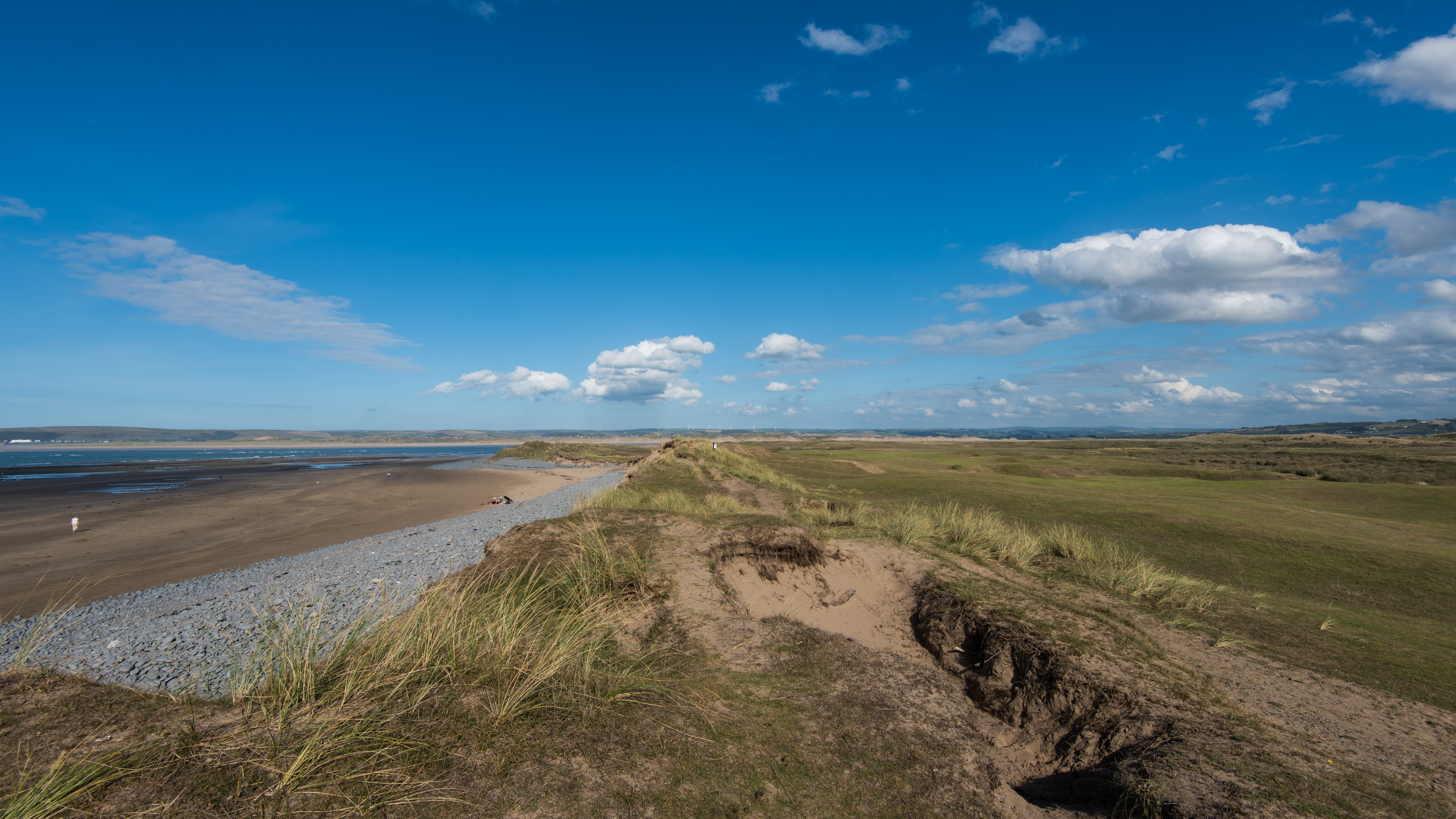
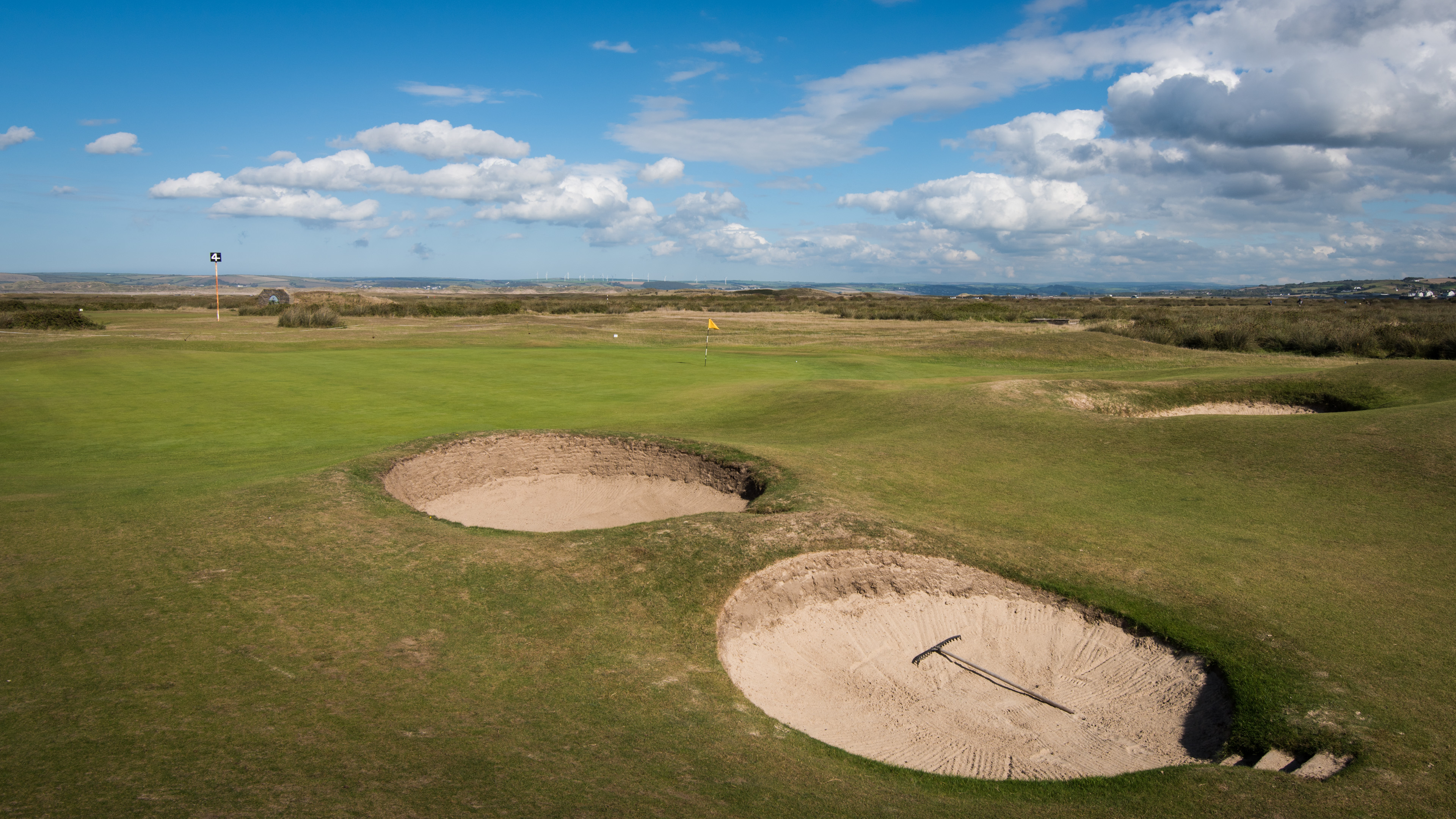

If you have any interest in golf history, Royal North Devon is a must-play. Even if you don’t you will have a wonderful traditional links golf experience.
Saunton
As we finished our round at Saunton I turned to the member that had so graciously accompanied us and said, “If I could only play in one place for the rest of my life this would be it”. At the time I had no idea that the great Harry Vardon once had said something suspiciously similar: “I would like to retire to Saunton and do nothing but play golf for pleasure”. The courses must really bring forward that thought.
Saunton really is a great place for golf. But it hasn’t always been that way, as the road to the creation of the two great Saunton courses has been rocky.

It all started in 1897, and the first course was gradually extended until it had 18 holes by 1908. But then WWI intervened, and the course didn’t reopen until 1919. Some good years followed, with great players like James Braid and Henry Cotton competing at Saunton. Then WWII started, and the course turned into a battle training ground, primarily for American tank crews training for D-Day. Tanks on golf courses are generally a bad idea, and it took until 1952 to get it all back in order.
In 1974 the re-designed West course opened, and now Saunton had two championship quality links courses. Not many other clubs (if any) can make that claim.
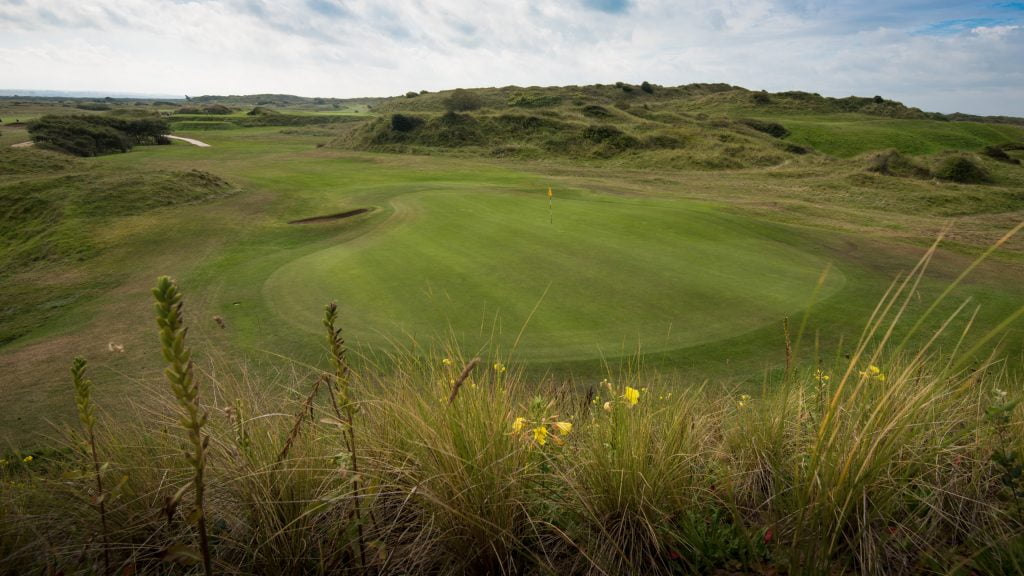
So with two great courses, which one should you play?
Both courses are situated amongst beautiful, unspoiled sand dunes, the Braunton Burrows, by Bideford Bay. The dunes themselves are considered so ecologically significant, with over 500 species of flora and fauna, that the whole area has been declared a biosphere reserve by UNESCO. This is of course great from a conservationist standpoint, but it puts some constraints on the golf club. Recently that has meant removing unwanted invasive scrub from the course, a significant burden for the club, but a benefit to golfers straying from the straight and narrow. Sometimes what’s good for the environment can be good for golfers, too.
The Old Course (East) is the course that usually garners the better ratings. Herbert Fowler skillfully routed the course through the dunes in a way that sometimes makes you feel you are alone on the course. The East is also the longer of the courses, some 300 yards longer than its sibling to the west, so your approach shots will be consistently longer. Since most of the holes are par fours (13 in all), this might be frustrating unless you are a long hitter. Notable holes are the 530 yard 2nd, and the 207 yard par three 17th.
The New Course (West) is not routed as much amongst the dunes as the East, but instead on more traditionally undulated links grounds. It is also a bit more varied than the East, with more doglegs, and some burns to complicate your strategy. It has a better mix of holes, with three par fives and five par threes, including two of the last three holes. The finishing par three is a real beauty.
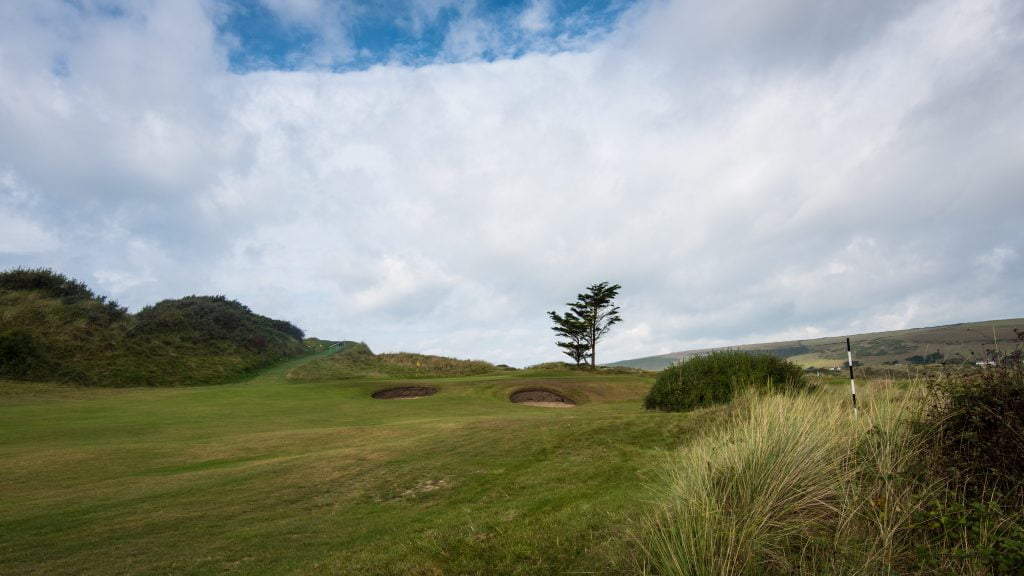
It is shorter than the East by a few hundred yards, so your approach shots won’t be quite as long. This is a good thing, since the greens are hard and fast, some of the best greens I have ever seen. Even though the East usually rates higher, the West can really hold its own, and if the East Course didn’t exist the West would probably rate significantly higher.
So which course should you play? You’ve probably figured out the answer by now. You should play both courses. But if you are forced to choose, play the West if you want to have more fun, play the East if you are a capable, long-hitting golfer out for a serious challenge.
After your round you can have lunch or dinner in the clubhouse restaurant overlooking the very challenging 18th hole of the East course.
Natural golf
After spending five days playing five great links courses in the very southwestern corner of England (the other two courses were Trevose and St Enodoc, covered in the last issue), it’s hard for me to imagine a better place to go for great links golf in great surroundings. No matter how many times you play these courses, no two rounds will be alike. I particularly enjoyed how the courses just blended into nature and the local community, like at Royal North Devon where the locals just wandered out on the course in the evening to tend to their animals.
It felt like golf was very tightly integrated into ordinary life for people living here, unlike some other places where golf courses have been constructed as an add-on in order to attract tourists. Here, it felt like golf had always been here, and always will be – a very good feeling that I wish were more common at golf travel destinations.
Getting there
The nearest major airport is Bristol. If you fly into Heathrow or Gatwick, you can drive down in about 3.5 to 4 hours, depending on traffic.
